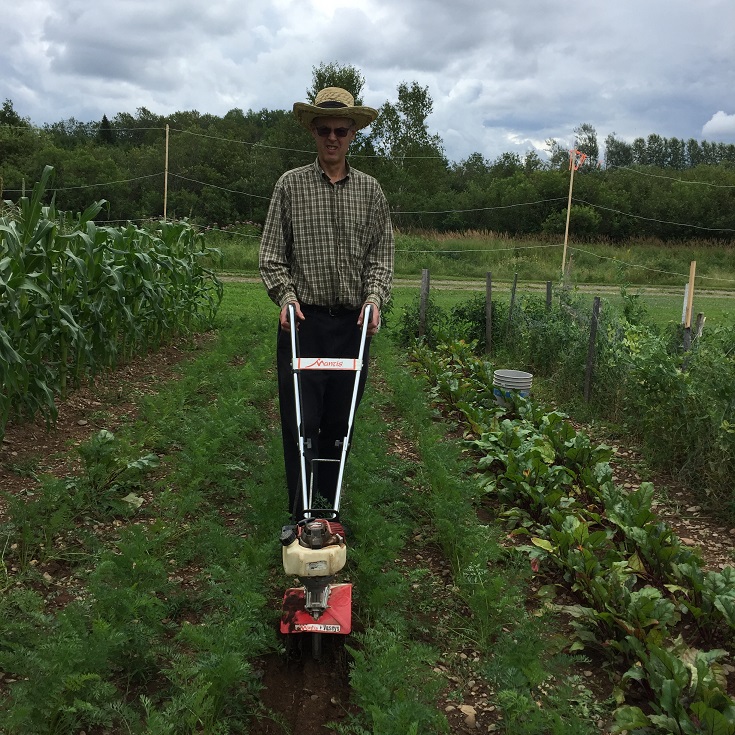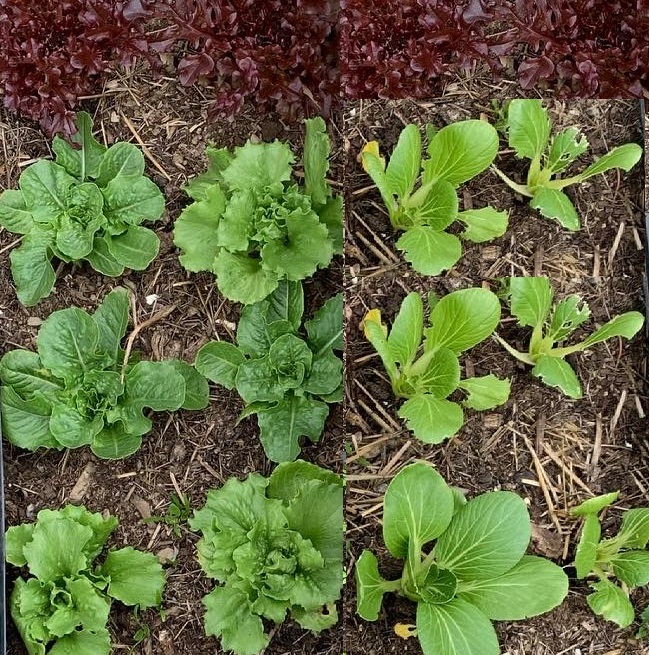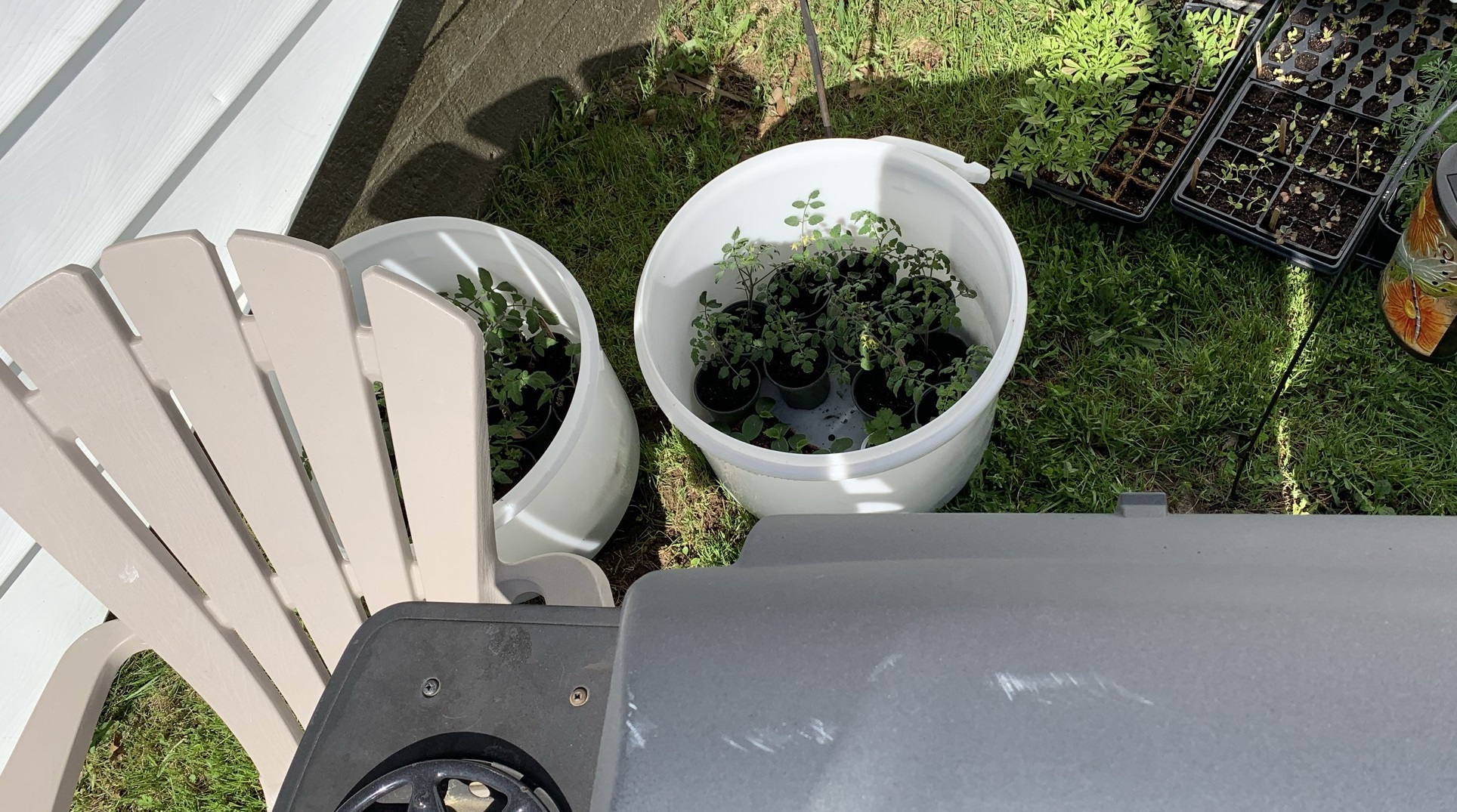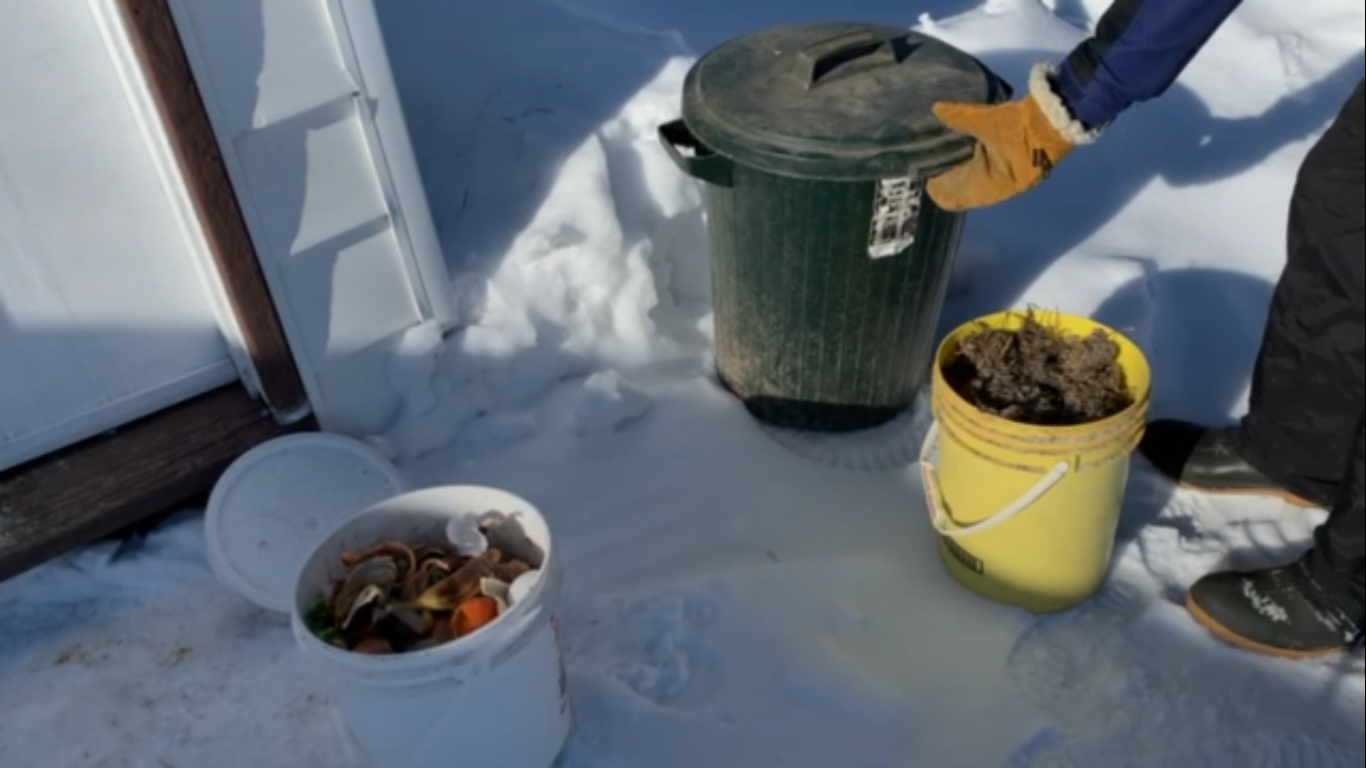Traditional Vegetable Gardening Still Has Its Benefits
Traditional vegetable gardening like Grampa did is becoming less common with the increased popularity of container gardening, raised beds, square foot gardening, and other intensive gardening methods. However it can still be the cheapest way to get started, especially if you want to go large scale.
Yes, it is true that intensively gardened raised beds, with lots of compost, a thick layer of mulch (See Note), and drip irrigation on an automatic timer have a much higher yield per square foot and are almost maintenance-free. The start-up cost; however, can be prohibitive, especially for a large garden.
Note: It is important to note in northern climates, that a heavy layer of mulch slows the warming of the soil in the spring, and also increases risk of damage to plants if an unseasonably late spring frost occurs.
So if you have lots of unshaded space, reasonably good soil, and access to a rototiller (or tractor with land-plow and harrow) each spring and fall, you may want to consider traditional vegetable gardening.
Choosing your plot
1. Start small, especially if you are a first time vegetable gardener. A well-tended 20 ft. x 20 ft. plot of ground will produce much more than a large untended garden. You don’t want to get overwhelmed and give up halfway through the summer.
2. Choose a spot that gets a minimum of 6 to 8 hours of sunlight each day and preferably longer.
In the north, we depend on long hours of daylight in June and July to compensate for the short growing season.
3. Make sure there is a water source nearby. Although, a traditional garden with flat rows will do a much better job of surviving drought than a raised bed or a container garden, it is best to have access to a water supply.
4. Plant your garden near your house. You’ll be missing half the point of having a garden if you can’t run out at lunchtime and grab some fresh lettuce and a cucumber. You haven’t tasted FRESH peas, corn, carrots, or asparagus until you’ve had them straight from the garden.
5. Choose an area with good soil. Although poor soil can be improved with amendments, pick the best ground you have, ideally NOT heavy clay, extremely rocky, overly sandy, or too close to tree roots. The best garden soil will easily crumble in your hand.
Traditional vegetable gardening methods
If your new garden plot is covered with sod, it is important to turn it over the previous fall, so the sod can begin to rot over the winter. A tractor and land-plow is the easiest way, or you can probably rent a large rototiller from your local equipment dealer.
After the sod is turned, try to get some well-rotted manure or compost and spread it over the soil. A soil test will tell you if you need to add lime. (A pH of 6 to 7 is best). Lime is also best added in the fall so it can have time to sweeten the soil.
Ideally, your rows should run north to south so that all areas of your garden get equal sunlight.
If you live in an area with abundant rainfall, or you plan to water regularly, you can hoe your soil into raised rows. Your root crops such as carrots and rutabaga will thank you for this.
If you usually experience long dry spells and don’t have the time or the wherewithal to irrigate, it is better to plant flat.
Regardless of water accessibility, you should plant your potatoes, corn, and beans in a trench and then hoe the soil up around the plants for support and protection.
It’s important to space the rows far enough apart to provide good air circulation, but don’t go any wider than suggested on the seed packages. That just makes extra space for weeds and compaction by tramping feet.
You can save money and add to the pleasure of gardening by starting some of your own seeds indoors.
You will want to consider the climate you live in when determining what to plant. You may love watermelons, but they aren’t particularly easy to grow in Zone 3. Grow only what you enjoy. There may be some things you enjoy that it makes more sense to buy from a local producer. For example, if you live in potato country, it may be just as easy to support your local potato growers and use your own space for other things.
Follow the planting information on the seed package. It should not only tell you how far apart to space your rows, but also the distance between plants within the row, the appropriate planting depth, and how early in the season to plant.
Some plants such as onions, beets, carrots, peas, spinach, and Swiss chard can be planted as soon as the ground can be worked.
Others, such as beans, corn, cucumbers, squash, and pumpkin are frost sensitive. Plant these seeds late enough that they will not peek through the soil until all danger of frost is past. Tomatoes and peppers are very frost sensitive and should only be set out as transplants after all danger of frost has past.
Cultivation
Early in the season, it is especially important to keep your traditional vegetable garden weed free. While fine seedlings such as carrots require hand weeding, many larger plants can be weeded with one of many specialty hoes available. Many weeds will die if cut off just beneath the soil by a sharp hoe.
If you do not have a lot of rocks, a wheel hoe does well cultivating between the rows. With an extremely large garden, you will want to leave enough space between rows to cultivate with your rototiller.
While not typical in traditional vegetable gardening, mulching between rows will go a long way in cutting down on weeds.
In late summer, once the plants are well established, keeping the garden weed-free is not as critical, but NEVER LET WEEDS GO TO SEED. Every weed that goes to seed is vastly increasing next year’s weed crop.
Harvesting
For maximum flavor, harvest crops when they are ready. Peas and string beans have a 2 or 3 day window when they are best. The main reason to have your own garden besides the sheer pleasure of watching things grow, is to eat your food fresh.
After you have harvested all your winter storage crops, you will want to till your garden once more to get rid of all remaining weeds. This is a good time to add lime and manure or compost for next year’s crop.



